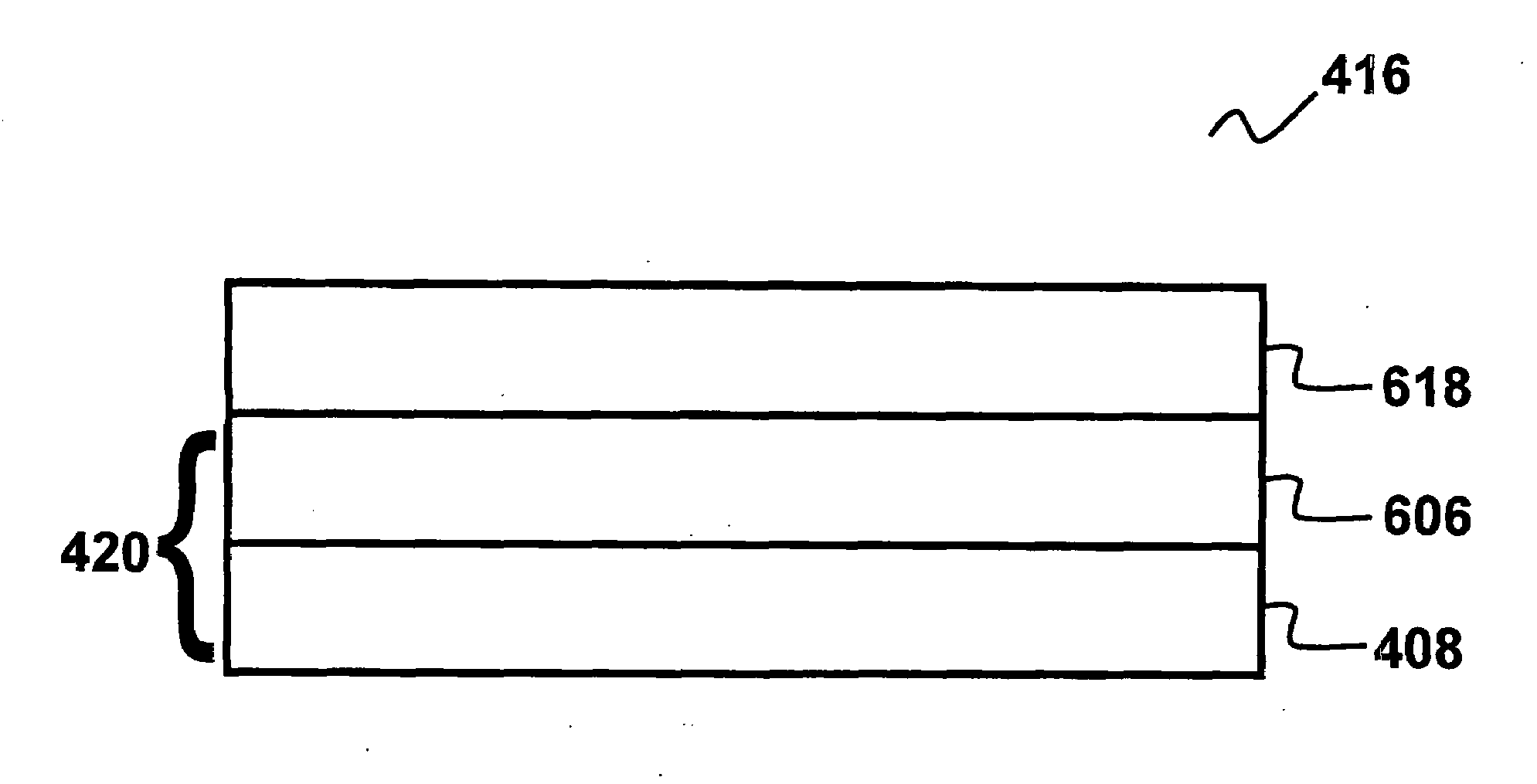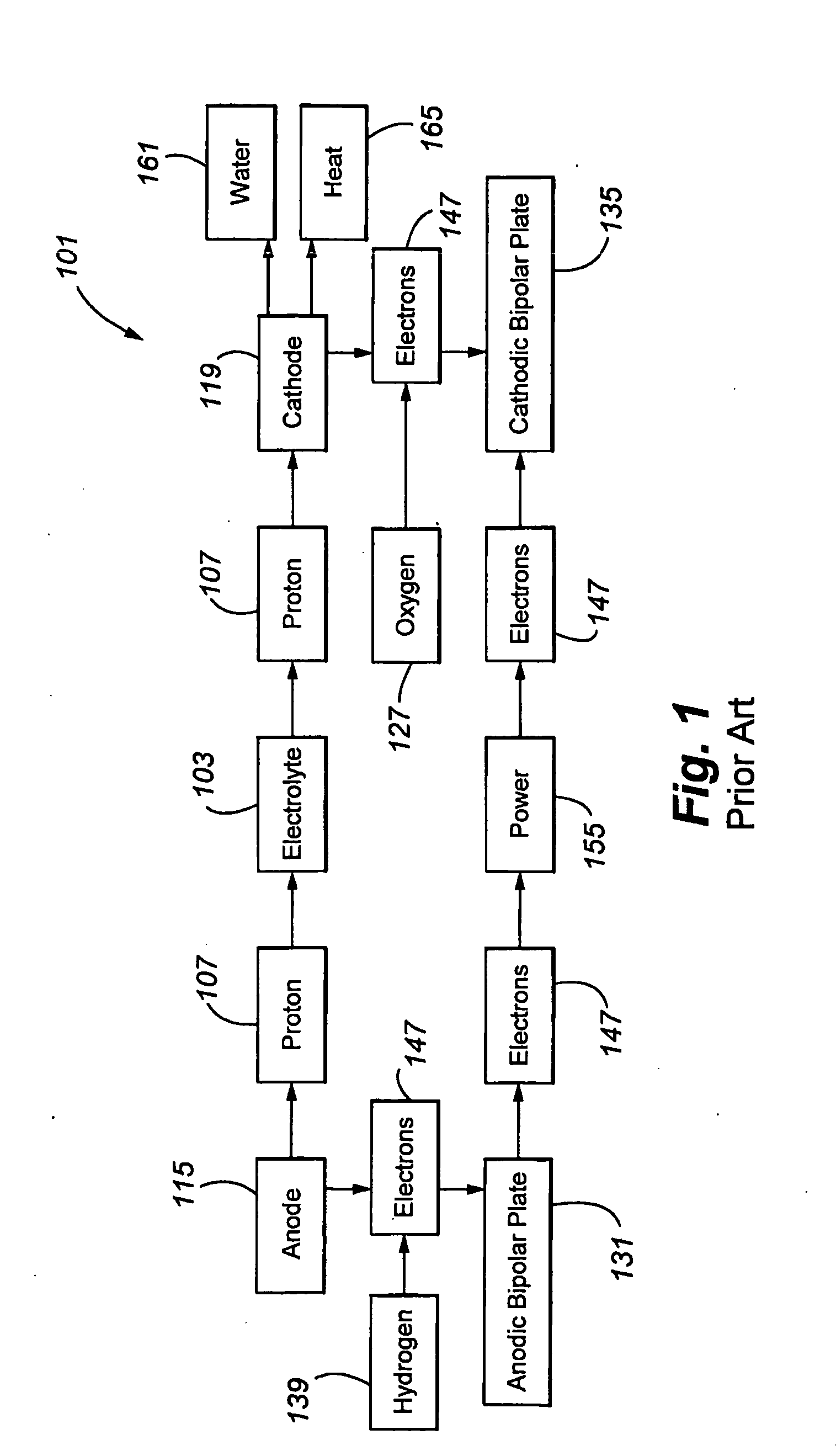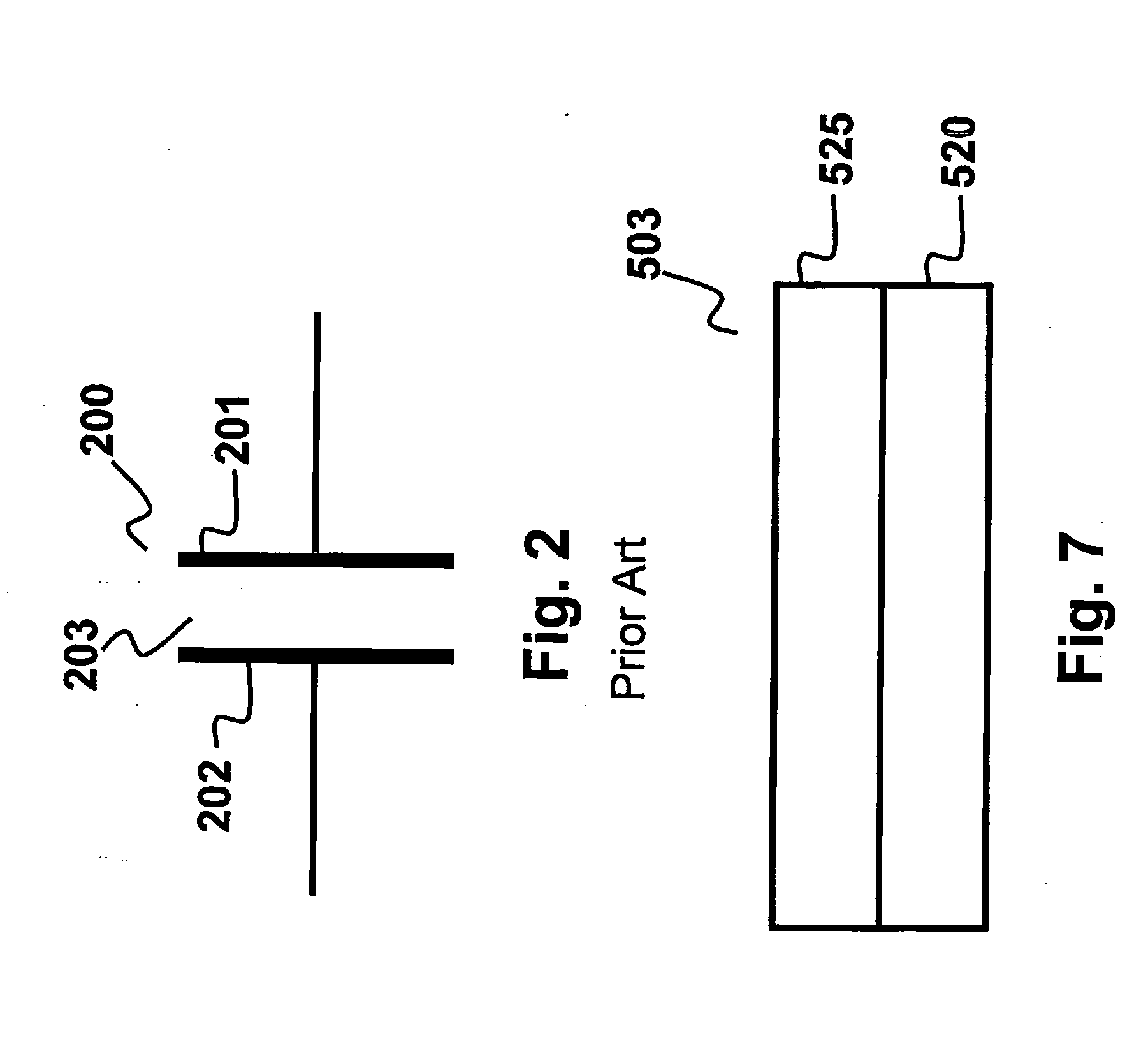Immobilized heteropoly acids and the use of the same for electrode stabilization and enhancement
- Summary
- Abstract
- Description
- Claims
- Application Information
AI Technical Summary
Benefits of technology
Problems solved by technology
Method used
Image
Examples
example 1
[0071]50 grams of carbon black was added to 800 mL of 7M KOH solution, the resulting mixture was heated to reflux and maintained at reflux for 1 h. The carbon black was collected by filtration, added to deionized water, heated to reflux and maintained at reflux for 1 h. The carbon black was then added to 800 ml of concentrated sulfuric acid, the mixture was heated to reflux and maintained at reflux for 1 h. The carbon black was collected by filtration and rinsed with deionized water until the filtrate was neutral and dried in an oven at 95° C.
example 2
[0072]An aqueous solution of sodium nitrite was prepared by dissolving 0.188 grams of NaNO2 in 1 mL of deionized water.
example 3
[0073]135.04 grams of K6-[α-P2W18O62].nH2O was dissolved in 300 ml of distilled water at 40° C. with stirring. Potassium bicarbonate solution (KHCO3, 500 mL of a 1 M solution, was added with vigorous stirring. A white precipitate formed after about 70 mL KHCO3 solution was added, the reaction mixture was stirred for 1 hour, then cooled to about 4° C. in an ice-water bath. The white precipitate was collected by filtration, re-crystallized from boiling distilled water by first cooling to room temperature, and then by chilling overnight in a refrigerator at 5° C. The fine white product was collected by filtration, washed with 100 mL (2×50 mL) of ice-cold water (3-4° C.) and 100 mL (2×50 mL) anhydrous diethyl eater. Yield: 117.35 g (81.49%, 0.024 mole). 31P NMR: −6.6,-13.7 ppm (lit: −7.27,-14.11 ppm).
PUM
| Property | Measurement | Unit |
|---|---|---|
| Lattice constant | aaaaa | aaaaa |
| Lattice constant | aaaaa | aaaaa |
| Length | aaaaa | aaaaa |
Abstract
Description
Claims
Application Information
 Login to View More
Login to View More - R&D
- Intellectual Property
- Life Sciences
- Materials
- Tech Scout
- Unparalleled Data Quality
- Higher Quality Content
- 60% Fewer Hallucinations
Browse by: Latest US Patents, China's latest patents, Technical Efficacy Thesaurus, Application Domain, Technology Topic, Popular Technical Reports.
© 2025 PatSnap. All rights reserved.Legal|Privacy policy|Modern Slavery Act Transparency Statement|Sitemap|About US| Contact US: help@patsnap.com



